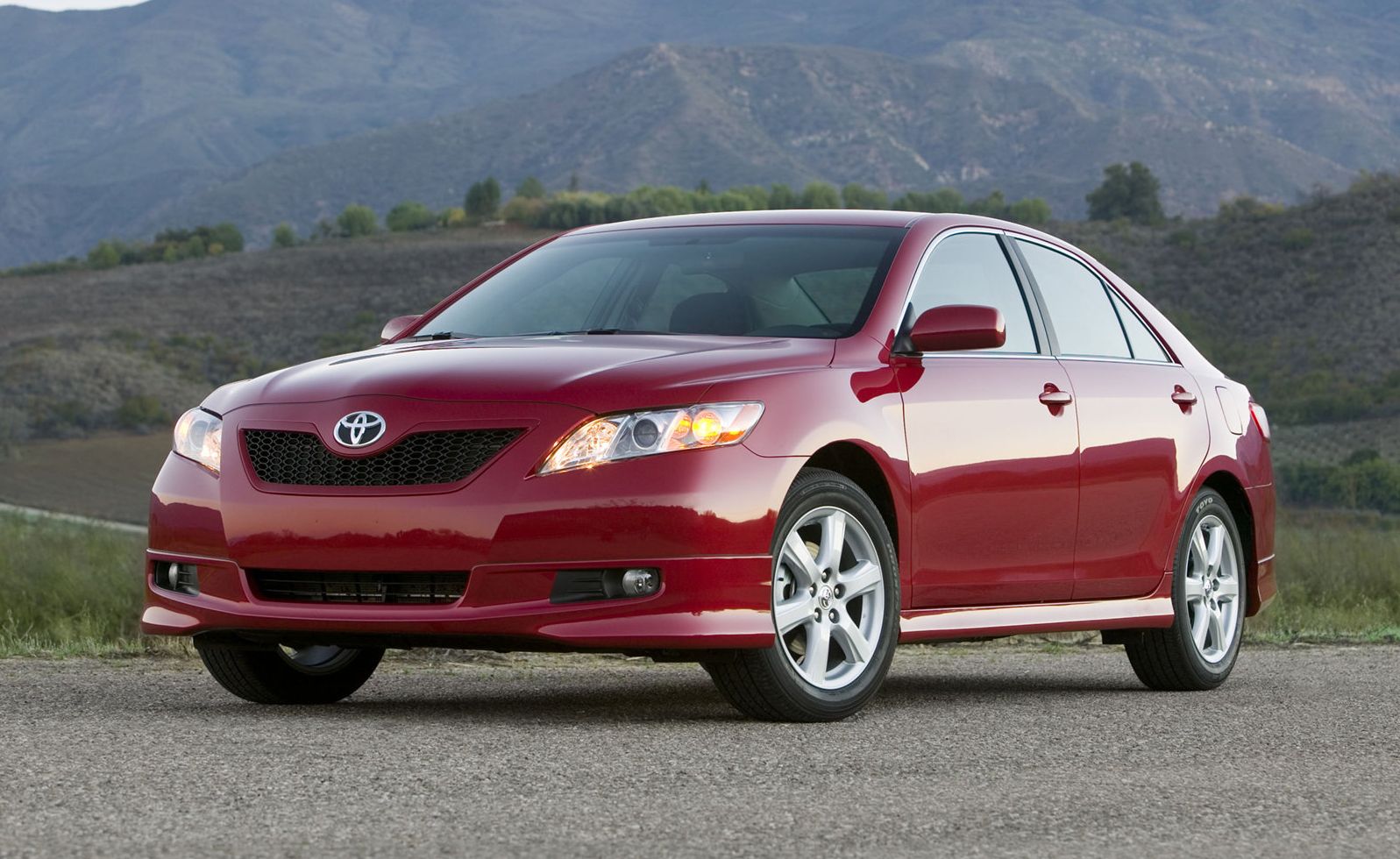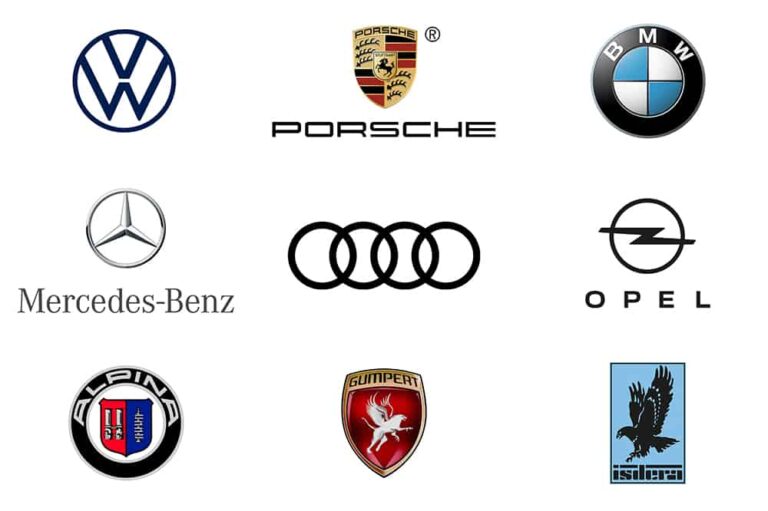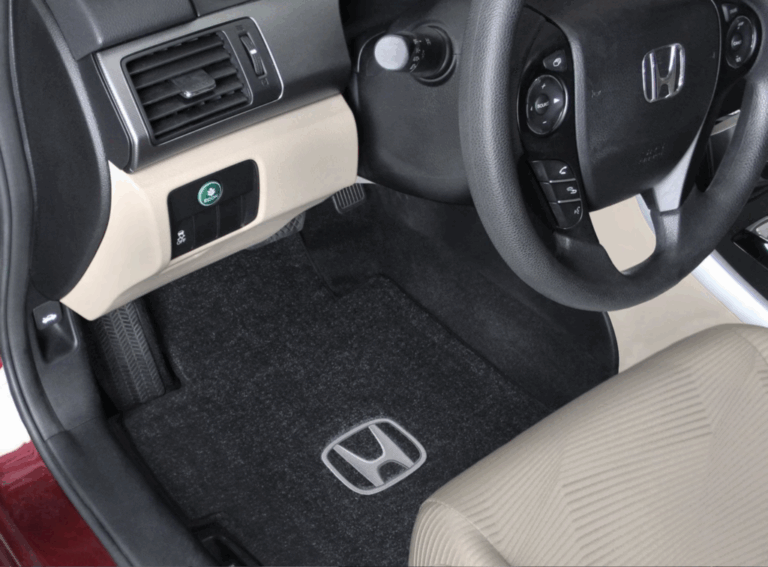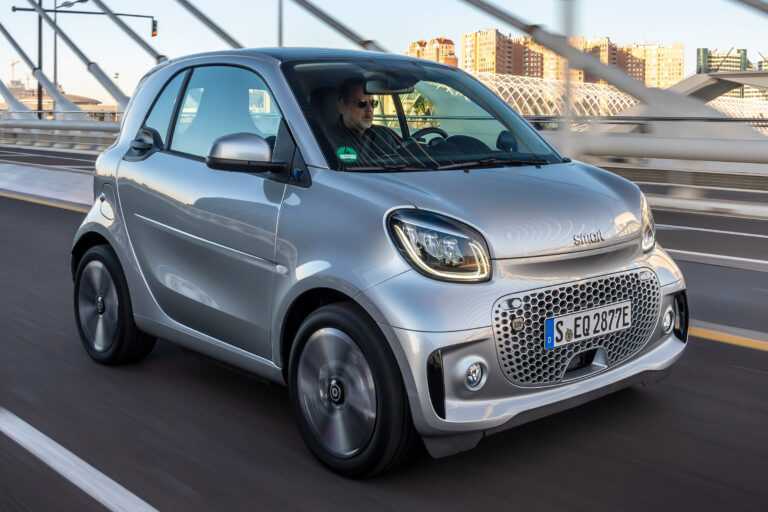Brand New Cars Under $8,000: Navigating the Ultra-Affordable Automotive Landscape
Brand New Cars Under $8,000: Navigating the Ultra-Affordable Automotive Landscape cars.truckstrend.com
The allure of a brand new car is undeniable: that fresh car smell, the pristine interior, the full factory warranty, and the peace of mind that comes with knowing you’re the first owner. For many, this dream is tempered by budget realities, leading them to search for the holy grail of automotive deals: a brand new car priced under $8,000. This article aims to comprehensively explore this specific price point, delving into the feasibility, the challenges, and the most practical alternatives for anyone hoping to drive off the lot in something truly "new" without breaking a very tight budget.
The Elusive Under-$8,000 New Car: A Reality Check
Brand New Cars Under $8,000: Navigating the Ultra-Affordable Automotive Landscape
Let’s begin with a crucial dose of reality: in most developed automotive markets, particularly North America, Europe, and Australia, finding a truly brand new car with a manufacturer’s suggested retail price (MSRP) under $8,000 is, for all intents and purposes, an impossible task. The days of sub-$10,000 brand new cars are largely behind us, a victim of escalating manufacturing costs, increasingly stringent safety regulations, advanced emissions standards, and the integration of essential modern technology (even basic infotainment systems and power windows add to the cost).
Think about what goes into a new car: raw materials, sophisticated robotic assembly lines, skilled labor, research and development, safety testing, shipping, marketing, and dealership overheads. All these factors contribute to a base price that, for even the most stripped-down, basic vehicles, typically starts well north of $10,000-$12,000, and often closer to $15,000 for the cheapest models currently available (like the Mitsubishi Mirage or Chevrolet Spark, which often start around $14,000-$17,000 before taxes and fees). Inflation has also played a significant role, steadily eroding the purchasing power of the dollar over decades. The lowest-priced new cars from just a decade or two ago would easily cost double their original price today.
While the concept of a new car for under $8,000 might exist in very specific emerging markets with significantly lower labor costs and less stringent regulatory environments (e.g., certain models in India, China, or parts of South America that are not typically exported), these vehicles are generally not available, nor would they meet the safety or emissions standards, in major Western countries. Therefore, for the vast majority of prospective buyers, the search for a brand new car under $8,000 needs to be re-evaluated.
Redefining "New": Exploring Ultra-Affordable Alternatives
Given the reality, the most practical approach for a buyer with an $8,000 budget is to redefine what "new" means. This doesn’t mean abandoning the desire for reliability, modern features, and peace of mind. Instead, it involves intelligently exploring categories that offer "new car" benefits without the "new car" price tag.
1. Certified Pre-Owned (CPO) Vehicles: The Next Best Thing to New
Certified Pre-Owned vehicles are arguably the closest you can get to a "brand new" car experience within a limited budget. CPO programs are offered by manufacturers (e.g., Honda Certified, Toyota Certified Used Vehicles) and involve a rigorous multi-point inspection by factory-trained technicians. Vehicles must meet strict age and mileage criteria (typically less than 5-6 years old and under 80,000 miles).
Key Benefits of CPO:
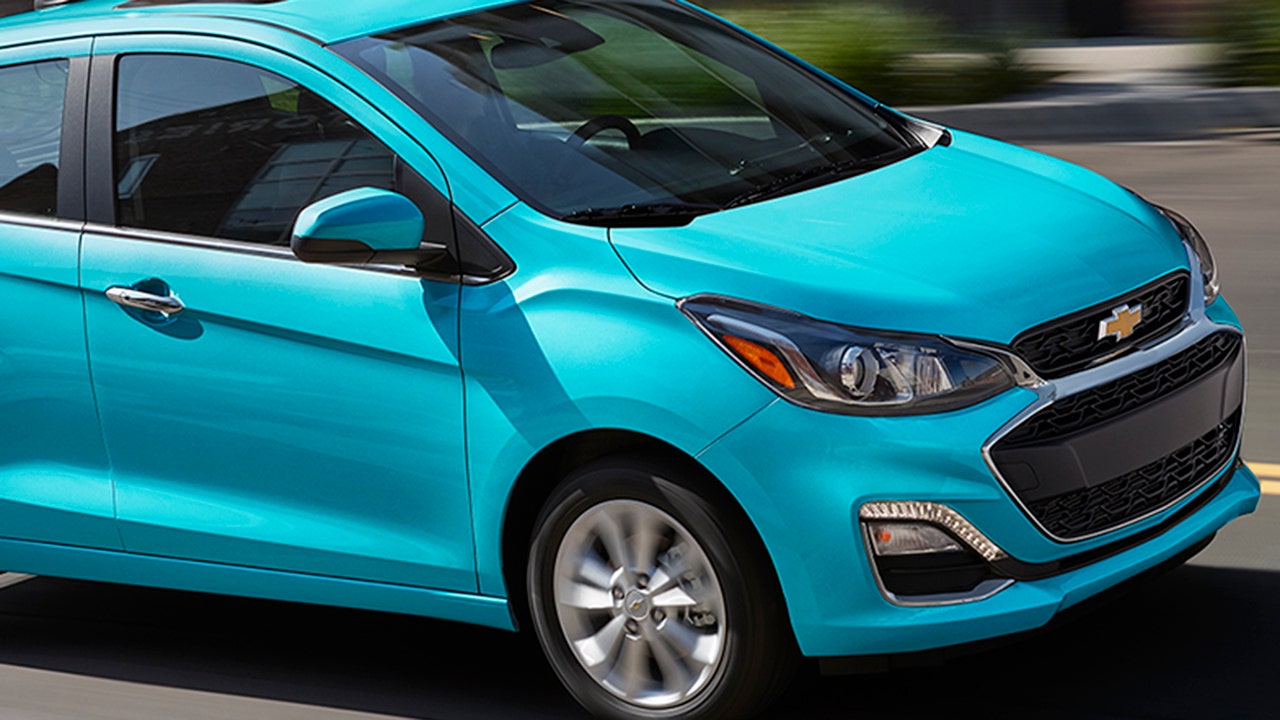
- Manufacturer-Backed Warranty: Often extends the original factory warranty, providing significant peace of mind.
- Thorough Inspection: Vehicles are meticulously checked for mechanical soundness and cosmetic condition.
- Roadside Assistance: Many programs include complimentary roadside assistance.
- Vehicle History Report: A clean history report (e.g., CarFax, AutoCheck) is usually provided.
- Low Mileage and Recent Model Years: CPO vehicles are generally late-model cars with relatively few miles on them, meaning you get modern features and safety tech.
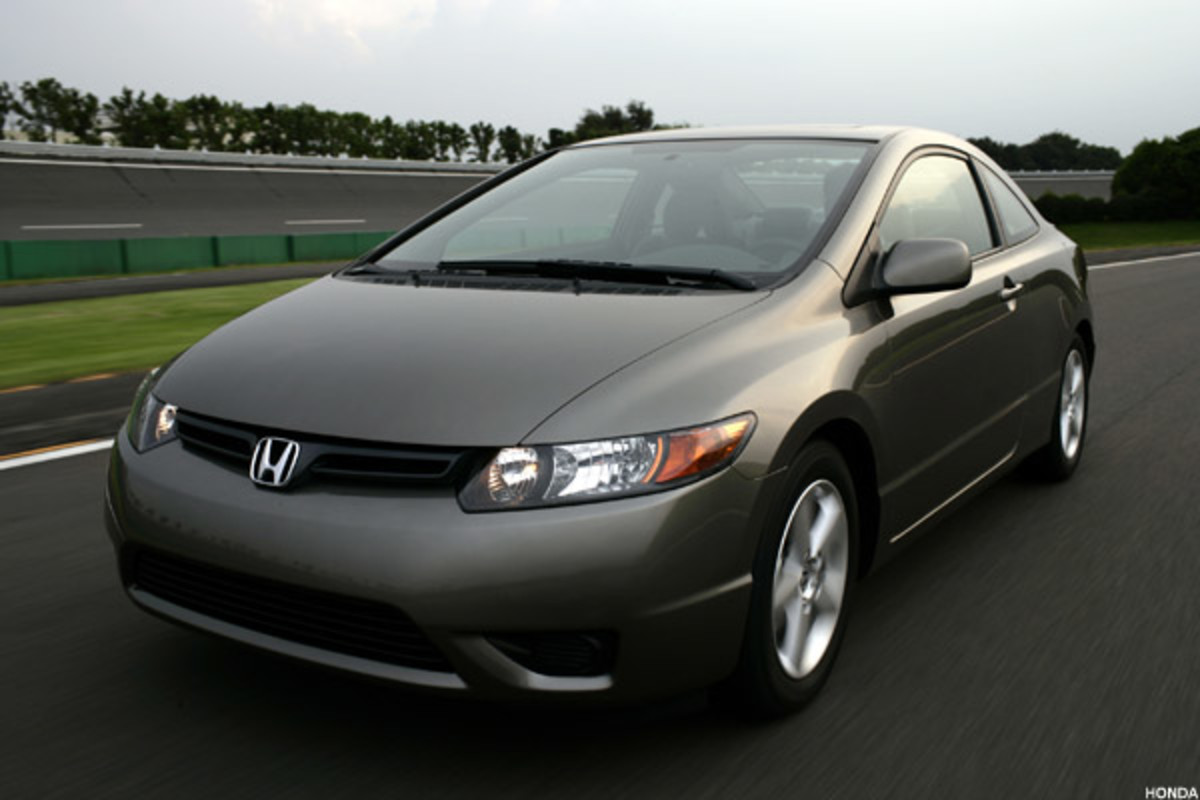
While a brand new CPO car under $8,000 is still rare, a slightly older CPO subcompact or compact car (e.g., a 4-5 year old Honda Fit, Toyota Yaris, or Mazda 2/3) might fall into the $8,000-$12,000 range. Stretching the budget slightly for a CPO vehicle often provides a much better "new car" experience than a hypothetical $8,000 new car would.
2. Low-Mileage Used Cars (1-3 Years Old): Harnessing Depreciation
The steepest depreciation for a new car occurs in its first year. By letting someone else absorb that initial hit, you can acquire a vehicle that is still very new, often with low mileage, for a significantly reduced price. A 1-3 year old subcompact or compact car that was originally priced at $15,000-$18,000 could easily drop into the $8,000-$10,000 range, especially if it’s a less popular trim or color.

Tips for Finding Low-Mileage Used Cars:
- Focus on Reliability: Brands like Honda, Toyota, Mazda, and Subaru consistently rank high in reliability studies, meaning their older models are more likely to perform well.
- Vehicle History Reports: Always, always obtain a comprehensive vehicle history report. Look for a clean title, no major accidents, and consistent service records.
- Pre-Purchase Inspection (PPI): Before finalizing any used car purchase, invest in a PPI by an independent, trusted mechanic. This small investment can save you thousands in potential repairs.
- Private Sellers vs. Dealerships: Private sellers often offer better prices as they don’t have the overhead of a dealership. However, dealerships may offer limited warranties or more convenient financing.
- Ex-Rental Cars: While often well-maintained, ex-rental cars typically have higher mileage and have been driven by many different people. Proceed with caution and a thorough inspection.
3. Older, Reliable Used Cars: Maximizing Value
If the $8,000 budget is absolute and cannot be stretched, the focus shifts to slightly older, yet still highly reliable, used vehicles. This typically means looking at cars from 5-10 years old that have a proven track record for longevity and low maintenance costs. Models like the Honda Civic, Toyota Corolla, Honda Fit, Toyota Yaris, and Mazda 3 from the 2010-2015 model years frequently fall within this budget.
What to Look For:
- Maintenance Records: A car with a complete and consistent service history is a goldmine. It indicates a conscientious owner.
- Common Issues: Research common problems for specific makes and models you’re considering. Some cars have known quirks or failure points that you’ll want to be aware of.
- Rust and Wear: Inspect for rust, especially in colder climates. Check tires, brakes, and fluid levels.
Key Considerations When Buying a Car Under $8,000
Regardless of whether you find a rare "new" deal or opt for a nearly-new alternative, there are critical factors to consider beyond the sticker price.
- Total Cost of Ownership (TCO): The purchase price is just the beginning. Factor in:
- Insurance: Premiums vary widely based on vehicle type, your driving record, age, and location. Get quotes before you buy.
- Registration and Taxes: These are often significant one-time or annual costs.
- Fuel: Fuel efficiency is paramount for long-term savings.
- Maintenance: Even reliable cars need regular oil changes, tire rotations, and occasional repairs. Budget for this.
- Unexpected Repairs: Always have an emergency fund for unforeseen mechanical issues.
- Reliability: At this price point, reliability is king. A cheap car that constantly breaks down is far more expensive in the long run. Stick to brands and models known for their dependability.
- Safety Features: While an $8,000 car won’t have cutting-edge autonomous driving tech, ensure it has essential safety features like anti-lock brakes (ABS), multiple airbags, and electronic stability control (ESC). These became standard on most new cars after the mid-2000s.
- Fuel Efficiency: Smaller engines generally mean better gas mileage. This can save you hundreds, if not thousands, over the car’s lifetime.
- Pre-Purchase Inspection (PPI): This cannot be stressed enough. A third-party mechanic can identify potential problems that an untrained eye might miss, saving you from a costly mistake.
- Resale Value: While less critical for an $8,000 car, choosing a model that holds its value relatively well can still be beneficial if you decide to upgrade in a few years.
Tips for Maximizing Your $8,000 Car Budget
- Be Patient: The perfect deal rarely appears overnight. Set up alerts, check listings regularly, and be prepared to act quickly when a good opportunity arises.
- Research Thoroughly: Know the market value for specific makes, models, and years. Understand their common issues and maintenance costs.
- Negotiate Wisely: Don’t be afraid to haggle, especially with private sellers or at independent dealerships. Be firm but polite, and be prepared to walk away if the deal isn’t right.
- Consider Private Sellers: Often, you can get a better price from a private seller than a dealership, as they don’t have the overhead costs. However, private sales come with less consumer protection.
- Look for Less Popular Models/Trims: While Honda Civics and Toyota Corollas are excellent, their popularity often means higher prices. Consider slightly less sought-after but still reliable alternatives like a Mazda 3, Kia Forte, or Hyundai Elantra. Basic trims without many bells and whistles will also be cheaper.
- Inspect and Test Drive Extensively: Check everything: lights, wipers, AC/heat, radio, windows, locks. Drive on different road types (city, highway, bumps) and listen for unusual noises.
- Bring a Savvy Friend: If you’re not mechanically inclined, bring a friend or family member who is. A second pair of eyes and ears can be invaluable.
Understanding Value: What $8,000 Can Realistically Buy (New-ish or Reliable Used)
As established, a truly "Brand New Car Under $8,000" is a unicorn in most major markets. This table provides a realistic overview of what your $8,000 budget can achieve, focusing on options that deliver the best blend of reliability, safety, and modern features.
| Category/Type | Typical Price Range | Example Models (Approx. Model Years) | Key Advantages | Key Disadvantages |
|---|---|---|---|---|
| Hypothetical Ultra-Basic New Car | < $8,000 (Very Rare) | Tata Nano (Emerging Markets Only) | Lowest initial cost (where available) | Extremely basic, limited safety/features, not available in most developed markets |
| Certified Pre-Owned (CPO) Subcompact/Compact | $8,000 – $12,000+ | Honda Fit, Toyota Yaris, Mazda 2/3 (2018-2022) | Manufacturer warranty, rigorous inspection, low mileage, modern features | Likely slightly above strict $8K budget, limited options at lowest end |
| Low-Mileage Used Compact Sedan/Hatch | $7,000 – $10,000 | Honda Civic, Toyota Corolla, Hyundai Elantra (2015-2018) | Excellent value, good reliability, recent tech, typically well-maintained | No factory warranty, may require minor repairs soon |
| Older Reliable Used Mid-Size Sedan | $5,000 – $8,000 | Honda Accord, Toyota Camry, Ford Fusion (2010-2014) | More space, comfortable ride, durable, good highway cruisers | Higher mileage likely, older tech, potentially higher maintenance for older models |
| Older Reliable Used Subcompact/Compact | $4,000 – $7,000 | Honda Fit, Toyota Yaris, Mazda 3 (2010-2014) | Excellent fuel economy, very reliable, easy to maneuver, low running costs | Older design, fewer modern features, higher mileage expected |
Note: Prices are estimates and vary significantly based on location, condition, mileage, trim level, and market demand.
Frequently Asked Questions (FAQ)
Q: Are there any new cars under $8,000 in the USA/Canada?
A: No, not truly brand new cars from major manufacturers with an MSRP under $8,000. The lowest-priced new cars typically start around $14,000-$17,000 before taxes and fees.
Q: What’s the best alternative to a new car under $8,000?
A: The best alternative is a well-maintained, low-mileage used car, ideally a Certified Pre-Owned (CPO) vehicle from a reliable brand like Honda, Toyota, or Mazda.
Q: What should I look for in a used car if my budget is $8,000?
A: Focus on reliability, fuel efficiency, safety features (ABS, airbags, ESC), and a complete maintenance history. Always get a pre-purchase inspection by an independent mechanic.
Q: Is it safe to buy a very cheap new car (if they existed)?
A: If an ultra-cheap new car were available, its safety features would likely be minimal compared to modern standards. In developed markets, regulations ensure a baseline of safety, but extremely low prices often mean compromises. For your $8,000, a slightly older, well-engineered used car will often be safer than a hypothetically stripped-down, brand-new budget car.
Q: How much should I budget for insurance on a car in this price range?
A: Insurance costs vary greatly. Expect anywhere from $100-$300+ per month, depending on your age, driving record, location, and the specific vehicle. Get insurance quotes before you buy.
Q: What’s a Certified Pre-Owned car?
A: A CPO car is a used vehicle that has undergone a rigorous multi-point inspection by the manufacturer’s technicians, meets specific age/mileage criteria, and comes with an extended manufacturer-backed warranty, often roadside assistance, and a vehicle history report.
Q: Can I get financing for a car under $8,000?
A: Yes, but it can be challenging. Many lenders prefer to finance newer, higher-value vehicles. Interest rates might be higher for older, lower-priced used cars. Consider credit unions, private loans, or saving up to pay cash to avoid high interest.
Conclusion
The dream of purchasing a "Brand New Car Under $8,000" is, in most contemporary automotive markets, a well-intentioned but largely unattainable fantasy. The economic realities of manufacturing, safety standards, and technological integration have pushed the entry point for new vehicles significantly higher.
However, this doesn’t mean your $8,000 budget can’t secure a fantastic, reliable, and "new-feeling" vehicle. By shifting your focus to intelligently selected Certified Pre-Owned models or well-maintained, low-mileage used cars from reputable brands, you can achieve a similar level of peace of mind, modern features, and long-term value. The key is to be realistic, research diligently, prioritize reliability over novelty, and always invest in a professional pre-purchase inspection. With a strategic approach, your $8,000 can indeed unlock a dependable and satisfying driving experience.
